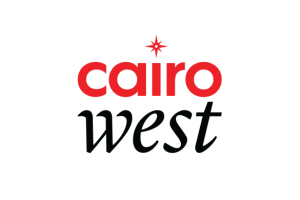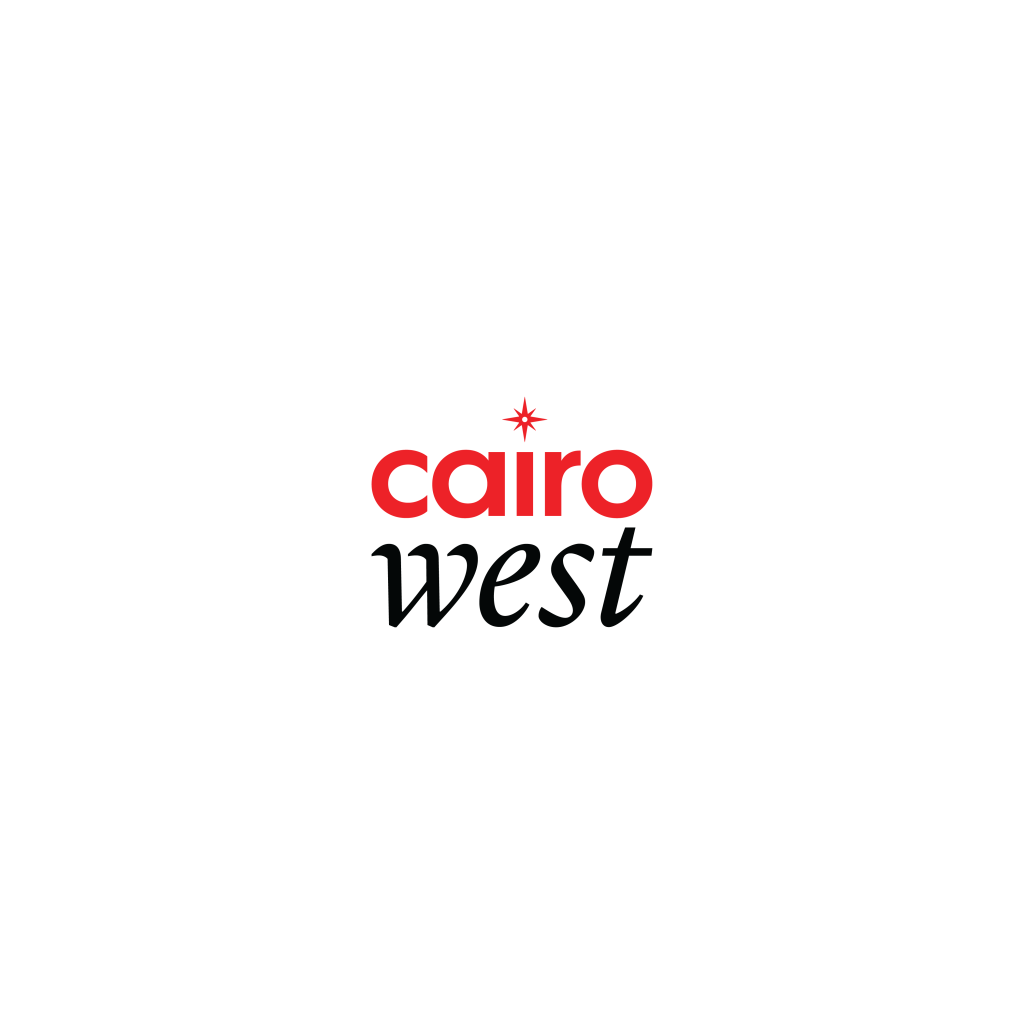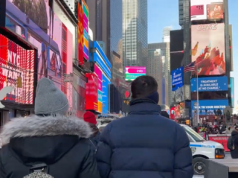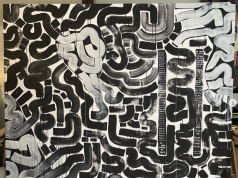By Francesca Sullivan
In a period building in leafy Zamalek the new Gypsum Gallery offers a fresh perspective on Egypt’s contemporary art scene. Don’t look for a store front; the priority in renting the gallery was to find a space with a great atmosphere in which both artists and viewers can feel comfortable. And so far the gallery has already created something of a buzz, with a sense of anticipation for what’s coming next. It opened in October, kicking off with ‘Spectral Days’, a bold photographic exhibit by Iranian-born artist Setareh Shahbazi, one of a core group of eight artists chosen by curator Aleya Hamza to form the gallery’s main collective. Other artists represented include Doa Aly, Mahmoud Khaled, Maha Maamoun, Basim Magdy, Mona Marzouk, Tamara Al Samerai and Ala Younis.
Hamza is an international curator who graduated from Goldsmiths College in London with an MA in History of Art in 2001. She has produced projects and exhibitions in London, Amsterdam, Berlin, Beirut, Budapest, Bonn, Odense and Rabat, as well as Cairo and Alexandria. She has also worked as a lecturer at the AUC and curator at both the Townhouse Gallery and the Contemporary Image Collective. Her most recent exhibition was held at the Tate Modern in London earlier this year. The Gypsum Gallery is the first space she has wholly managed herself, and it has taken a year to put the project together. Cairo West Magazine went to meet her and find out more…
 CWM: What was your motivation in opening the Gypsum Gallery?
CWM: What was your motivation in opening the Gypsum Gallery?
OH: Talking to different people in the current art scene in Cairo it became apparent to me that there was a gap in the market for a gallery concentrating solely on contemporary art. My aim is to help produce and showcase interesting contemporary art, and maybe also to stretch the definition of what that is in a commercial context.
A lot of artists have a strong practice on the international circuit, but few of them are actually represented by any gallery. I have formed a basis of just eight artists, but we intend over time to invite others to show in the space.
How did you choose which artists to form this core?
It is important for me that each artist’s work is singular, that they stand out individually, but that there is coherence in what they are doing. For me, each of them produces work that reflects on the world around us in a profound way, and perhaps with new, unexpected perspectives that take us outside our comfort zone.
Four of the chosen artists are not Egyptian based, but they are all people I have wanted to work with for years. The main link between them is that they all have a strong conceptual aspect to their work and are very much in control of the visual language they use, in a precise way.
How do you see the current state of the art world in Egypt?
There is a general lack of infrastructure in terms of state support for the arts, art criticism and education. Before this I have worked mostly in the non-profit section of the art scene, which has a very different, viewer-based audience. Art has become somehow fashionable among the upper middle classes, but one of the most important developments in the last fifteen years is that the distinction between what is ‘local’ and what is international is being broken down.
People may wonder about the decision to open a commercial art gallery during a time of economic hardship, but it is important to reach out in international terms. Regionally things are opening up, especially in Beirut and in Dubai – and Cairo is an important part of that constellation. International borders in the art world are less significant now; we have social media and are operating through a wider base.
 Who are the customers for contemporary art these days?
Who are the customers for contemporary art these days?
There are collectors who buy for institutions, foundations and museums. And then there are private individual collectors who show in their homes, often with varying motivations. The challenge in viewing contemporary art is that the viewer must use more effort to invest in the image. Sometimes a piece will trigger a feeling instantly, and that is great, but often it requires a degree of engagement that is more than just a glance before moving on. That’s why it is even harder for viewers to relate to a time-based medium such as video installation – because it actually requires their time.
My hope is that we can drive a collectors’ culture within Egypt that will help artists be able to continue producing without relying on funding. Indeed, this is part of our role.
What can viewers look forward to at the Gypsum Gallery in the immediate future?
We are currently exhibiting new work by Doa Aly, entitled ‘House of Sleep’. Aly originally trained as a painter at the Academy of Fine Arts, but since 2007 she moved into mainly working with video. This exhibition marks a fascinating return to her originally discipline, while continuing a relationship with the ongoing themes in her work, merging scientific principles from psychology and anatomy with esoteric strands of thought and literature. The work in this exhibition is a reinterpretation of a tragic love story by the poet Ovid.
From January 14th we will be presenting an exhibition by Kuwaiti born artist Tamara Al Samerai, who is based in Beirut. It is made up of drawings and paintings, though over the past decade Al Samerai’s practice has encompassed photography, animation, video and installation as well. Her work is characterized by an air of mystery; a dark playfulness that diffuses melancholy.
Both these exhibits reflect the fact that drawing and painting, albeit presented in new ways, are still totally relevant in contemporary art. This is despite the fact that they have become a loaded medium whose long history so full of references presents particular challenges to the artists.
Not to be missed.
Aleya Hamza is committed to bringing art audiences fresh perspectives as time goes by, and helping to ensure Cairo’s place on the regional as well as international map of contemporary art. Open daily from 12pm to 8pm (closed on Sundays) the Gypsum Gallery has already become an important stop for collectors and for both visiting and resident art lovers.
5a Baghat Ali Street, 3rd Floor, Apartment 12, Zamalek







Comments are closed.